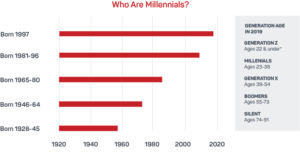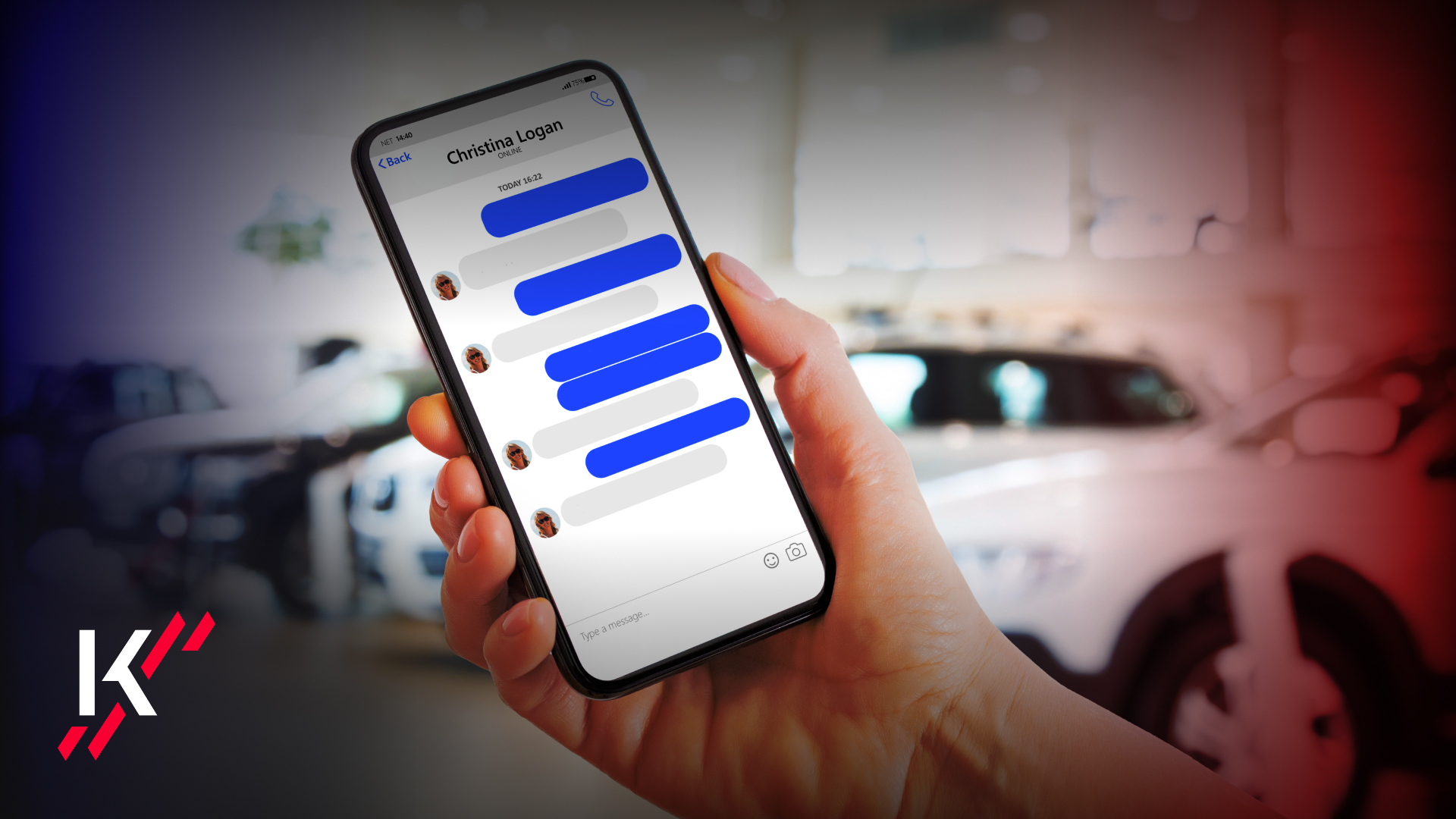by Brian Coleman – Chief Strategy Officer, MotorK
The common wisdom is that millennials are less interested in owning a car than previous generations. It’s time to ignore the common wisdom.
The standard thinking goes that millennials are more likely to use Uber or another form of shared transportation. They are more interested in spending their money in other ways, on experiences rather than things. Or they are put off by the growing cost of car ownership, congestion and the many drawbacks that confront the contemporary driver.
What’s true is that millennials, people born roughly between 1980 and the mid-1990s, face a different environment than previous generations as they come of car-buying age. The rise of car sharing and the increasing cost of ownership are real enough.
It’s also fair to say that millennials have good reason to shy away from forking out big money on a new car.
For starters, millennials are more likely than older generations to live in cities and therefore face the costs and challenges that go with city life. They also start families later than previous generations, so they have less need for the flexibility of a personal car.
It’s also worth remembering that a millennial born in the early 1980s entered the workforce in the wake of the Sept. 11 attacks and the bursting of the dot-com bubble. In other words, it was a time of great economic and political uncertainty. And just a few years later, the financial crisis of 2008 hit, and many European economies are still not fully recovered. Millennials are consequently affected by lower employment rates than their parents at the same age and declining real wages. They’ve never known real job security. It’s only natural that they are cautious about major purchases.

Nonetheless, several studies find that millennials are every bit as interested in buying cars as previous generations. One 2017 study by researchers from Columbia and Rutgers universities found that only those millennials in difficult financial situations owned fewer cars than previous generations at the same age. A 2019 study by MIT academics found that once differences in income and other factors like household size are taken into account, millennials have a strong preference for personal vehicles — and, in fact, they use their cars more.
Millennials are now roughly between the ages of 23 and 39, which means they will soon make up the largest segment of car buyers. So marketers and salespeople need to get serious about targeting this segment, and that’s where things get challenging.
Indeed, if anything stands out about millenials, it’s that the way they consume information is different than older generations. In the UK, for example, millennials watch an average of 157 minutes of TV per day compared with 235 minutes for people aged 45-54 and nearly 300 minutes for adults over 55. And the data shows that much of the viewing by younger generations is time-shifted, meaning they’re not watching live TV and thus not as exposed to commercial messaging.
As expected of digital natives, millennials consume information and communicate online. Even the oldest of millennials was no more than 14 or 15 when the first browsers led to the explosion of Internet usage.
According to Pew Research Center, European millennials are significantly more likely to own a smartphone than people over the age of 50. In fact, in all five of the largest European markets, smartphone ownership among millennials is above 95% compared with between 48% (in Italy) and 64% (in Germany) for people over the age of 50.
In other words, if the car brands and retailers have any hope of reaching the largest emerging group of car buyers, they will have to dramatically improve their digital game — in particular, their mobile capabilities. Today, digital accounts for less than 40% of the media investment of most car brands, and an even smaller amount among dealers. This will have to change — and change fast. Organisations that are used to moving slowly, to incremental change and management by committee are facing an enormous challenge.
In roughly one product lifecycle, brands will have to rethink their entire approach to marketing communications. They will have to learn to be nimble, to engage consumers on social media, to manage large data sets. In short, they will have to reinvent themselves.
It’s either this or face life in the slow lane.








